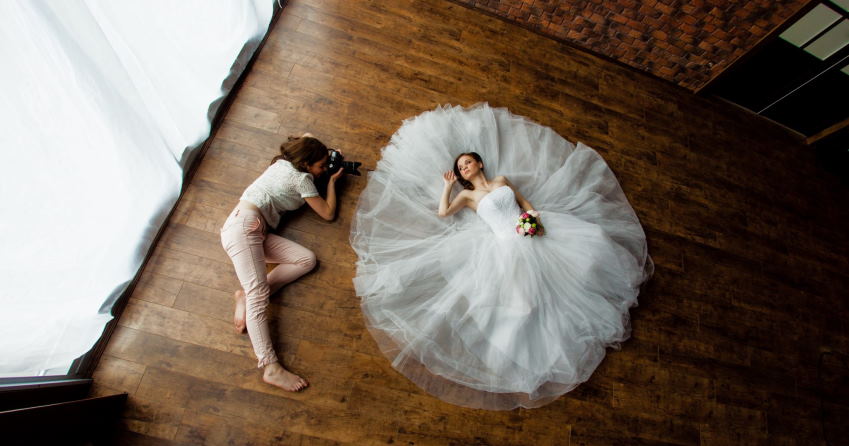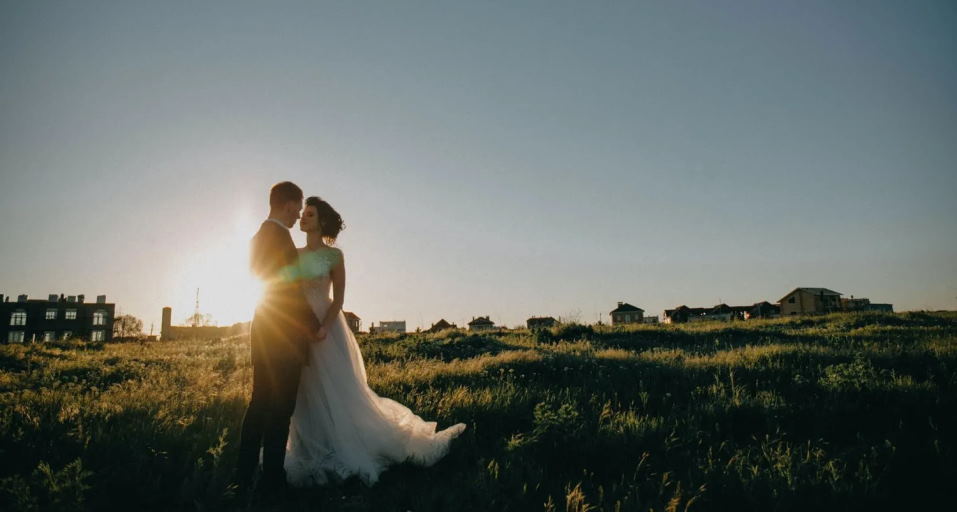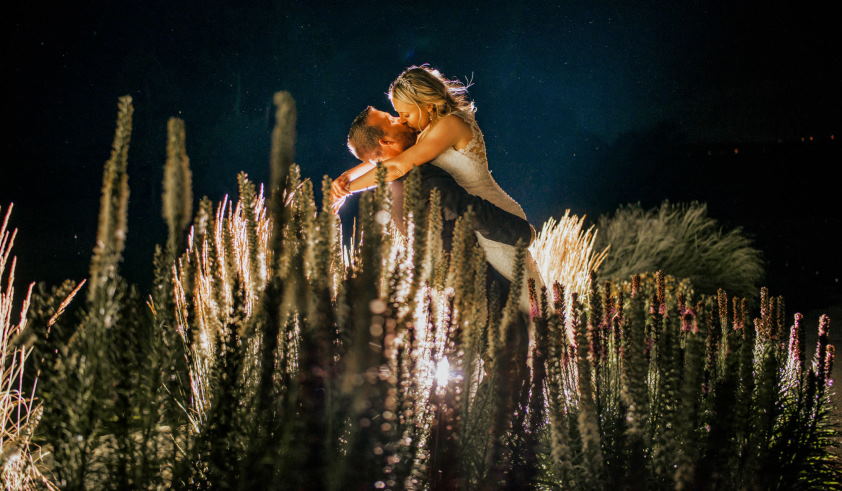Lighting is key when it comes to wedding photography. Here are a few tips to help you get the perfect shot.
Natural light is always best, so try to take photos outdoors whenever possible. If you must shoot indoors, use large windows or doors to let in as much natural light as possible. Artificial lighting can be tricky – avoid harsh overhead lights and use studio lamps or soft boxes instead. And finally, be sure to have plenty of backup batteries and memory cards on hand – you never know when the perfect photo opportunity will present itself!
Wedding photography: reception lighting tips to get the perfect shot
In Wedding photography, lighting is everything. It can make or break a photo. Here are some tips on making your wedding photos pop with great lighting.
- Use natural light whenever possible. This will give your photos a softer, more romantic look.
- If you have to use artificial light, use indirect lighting instead of direct lighting. This will help avoid harsh shadows and create more flattering light for your subjects.
- Pay attention to the background lights as well. You want to make sure that the background lights are not too bright or dim. Otherwise, they will either wash out your subjects or make them appear dark and foreboding.
- When taking photos indoors, try to take advantage of any natural light coming in from the windows. This will help to brighten up the room and create more flattering light for your subjects.
- If you are using flash photography, ensure that you are not pointing directly at your subject. This will create a harsh light that can be very unflattering. Instead, try to angle the flash so that it bounces off of a wall or ceiling. This will create a softer, more diffused light that is much more flattering.
By following these tips, you can ensure that your wedding photos are lit perfectly and look amazing!
Ways to use flash for wedding photography
- Use flash to fill in shadows
If you’re using a DSLR camera, you probably know that one of the benefits of using a flash is that it can help fill in shadows. This is especially useful when taking photos of people, as it can help to even out skin tones and make everyone look their best.
Set your camera to ‘fill flash’ mode, and then take your photo to use this technique. The flash will fire automatically when it detects a shadow, filling in the darkness and giving your subject a nice, even appearance.
- Use flash to add sparkle to the eyes
One of the things that makes people so photogenic is how their eyes sparkle in photos. Unfortunately, this often gets lost in translation when taking photos with a digital camera.
However, you can use your flash to help add that sparkle back into people’s eyes. To do this, set your camera to ‘red-eye reduction’ mode and then take your photo. The flash will fire before the photo is taken, helping to reduce red-eye appearance.
- Use flash to freeze action
If you’re trying to take a photo of something moving quickly, like a bird in flight or a child at play, then using a flash can help freeze the action and prevent blurriness.
Set your camera to ‘action freeze’ mode, and then take your photo to use this technique. The flash will fire at high speed, helping freeze the action and giving you a clear, sharp photo.

- Use flash to create dramatic effects
If you’re looking to add some drama to your photos, then using a flash can help to create some truly stunning effects. To do this, set your camera to ‘low light’ mode and then take your photo.
The flash will fire at lower power, creating a more subdued effect that can add depth and drama to your photos. You can also experiment with different angles and distances to further customize the look of your photo.
- Use flash to light up dark subjects
If you’re taking a photo of a subject in shadow or backlit, then using a flash can help light up the dark areas and make your subject more visible.
Set your camera to ‘backlight’ mode and then take your photo to use this technique. The flash will fire automatically, helping to light up the dark areas and giving you a better-exposed photo.


